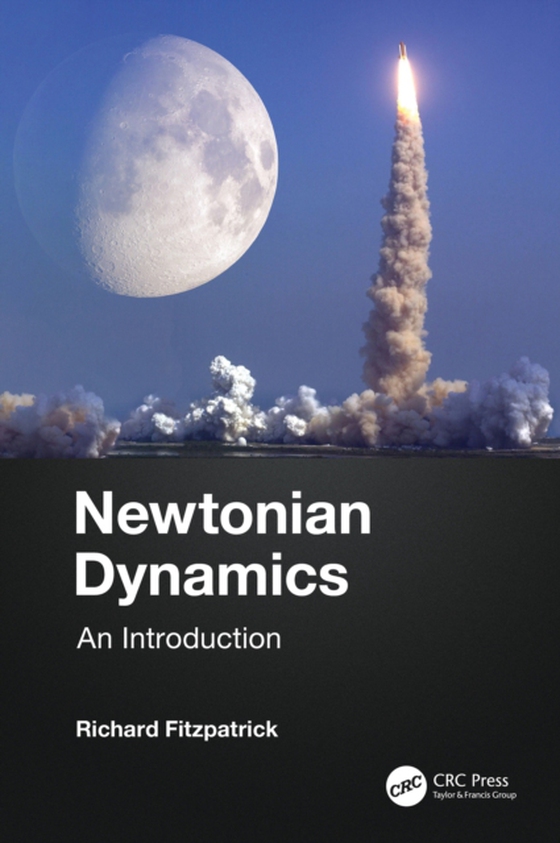
Newtonian Dynamics e-bog
802,25 DKK
(inkl. moms 1002,81 DKK)
This textbook provides a comprehensive review of Newtonian dynamics at a level suitable for undergraduate physics students. It demonstrates that Newton's three laws of motion, combined with a few simple force laws, not only can describe the motions of everyday objects observed on the surface of the Earth, but can also account for the motions of celestial objects seen in the sky. It helps bridge...
E-bog
802,25 DKK
Forlag
CRC Press
Udgivet
24 december 2021
Længde
270 sider
Genrer
Applied mathematics
Sprog
English
Format
epub
Beskyttelse
LCP
ISBN
9781000509571
This textbook provides a comprehensive review of Newtonian dynamics at a level suitable for undergraduate physics students. It demonstrates that Newton's three laws of motion, combined with a few simple force laws, not only can describe the motions of everyday objects observed on the surface of the Earth, but can also account for the motions of celestial objects seen in the sky. It helps bridge the problematic transition between elementary physics courses and upper-division physics courses. The book starts off at a level suitable for undergraduate (freshman) physics students and very gradually increases, until, toward the end, it approaches (but does not quite reach) a level characteristic of a graduate (senior) physics course.Each chapter of the book ends with a large number of numerical and analytical exercises and, in all appropriate cases, the final answers to the exercises are specified. The large number of exercises will allow students to accurately test their understanding of the material presented in the book, ideal for students who are self-studying or are taking classes remotely.Key Features:Provides a brief and accessible introduction to a complex topicContains a more thorough treatment of the motions of heavenly bodies than conventional elementary mechanics textsProvides a wealth of end-of-chapter exercises to test understandingRichard Fitzpatrick is a Professor of physics at the University of Texas at Austin, USA, where he has been a faculty member since 1994. He is a member of the Royal Astronomical Society, a fellow of the American Physical Society, and the author of several textbooks.
 Dansk
Dansk

